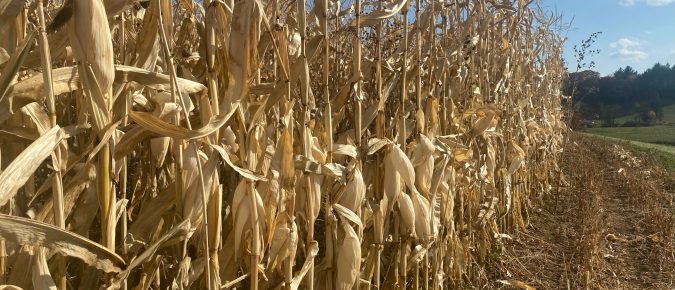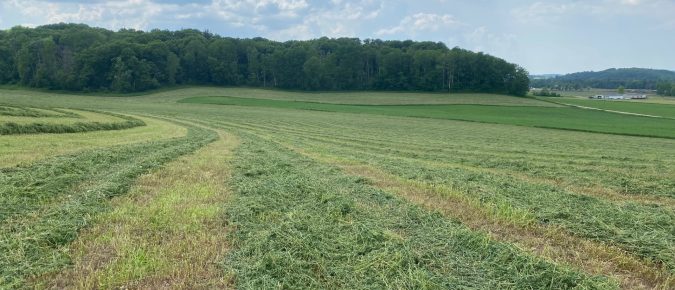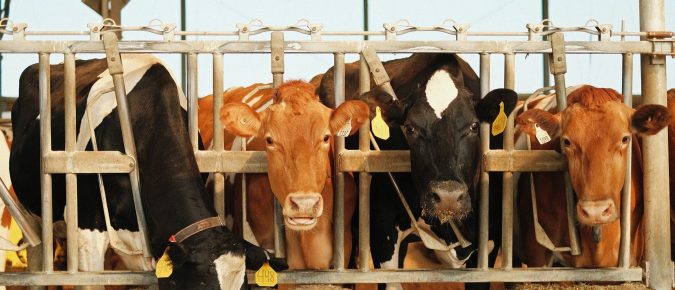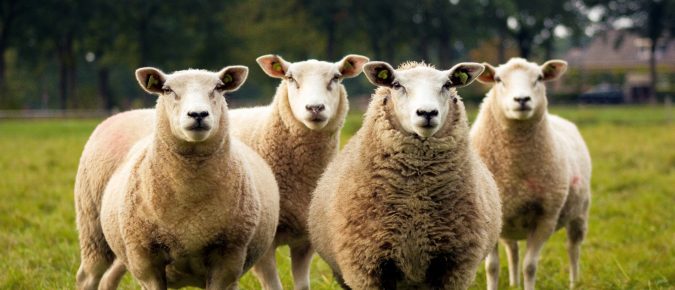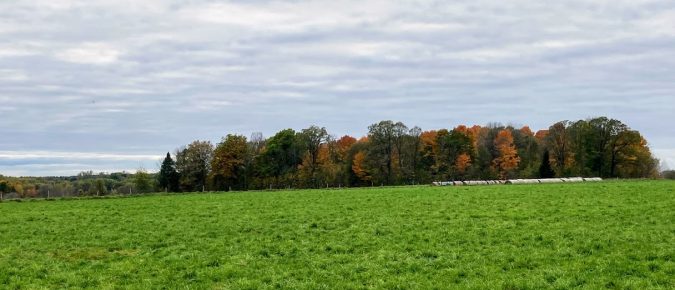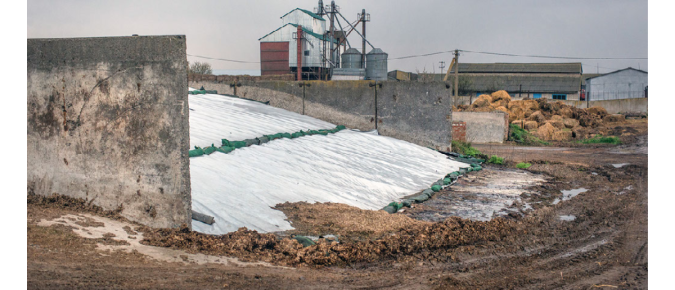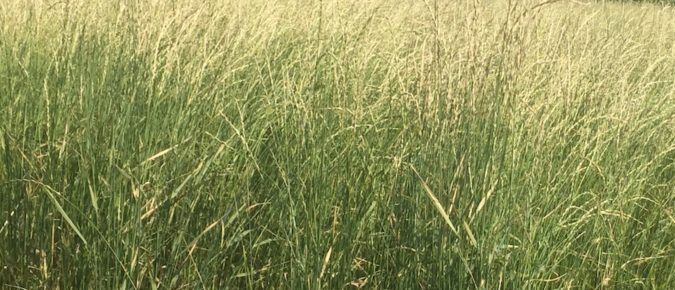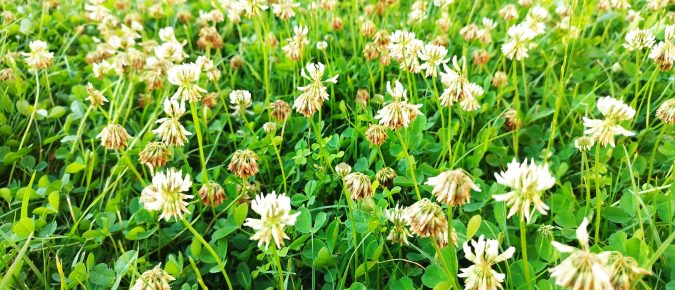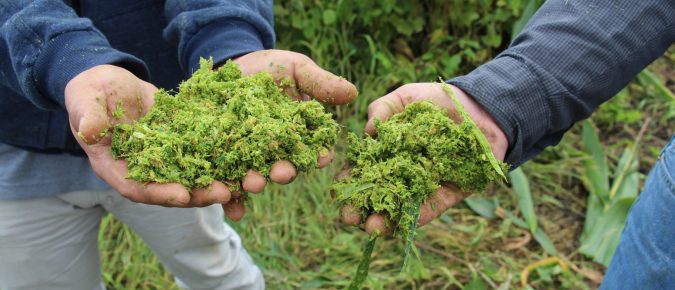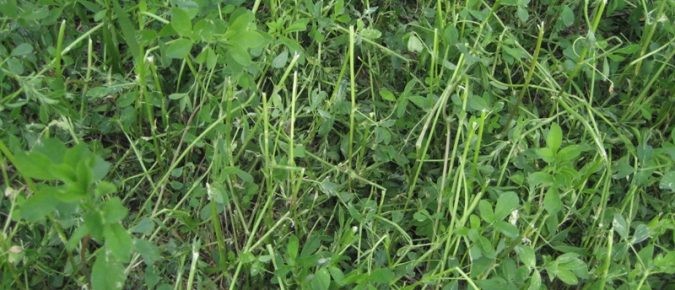Routine laboratory forage analysis of corn silage typically includes percent starch determination for the feed. Nutritionists utilize this information to partition Non-Fiber Carbohydrate (NFC) portions into % starch, % sugar and other NFC components to optimize production and animal health.
Research is developing new understanding of forage, fiber, and the animal’s ability to use them. We have also increased understanding of the genetics of alfalfa to allow improved variety selection methods and enhanced performance for the farmer. This paper will consider both topics. Growing Alfalfa/Grass Mixtures Generally dairymen have perceived grasses to be too high […]
Introduction Forage grasses are an important source of dry matter in dairy cattle diets. Agronomic practices associated with grass forage production however, can alter magnesium utilization by dairy cattle. Altered magnesium utilization induced when cattle graze lush forage grasses is referred to as grass tetany. Historic use of vocabulary directly associating the term grass tetany […]
Pasture and hay forage crops generally fall into four categories: The last category includes many perennials crops, such as rape, kale, comfrey, and all annual forage crops, such as sudangrass, sorghum, and various millets. None of these should be considered for sheep pasture other than in emergency situations. Warm season grasses are generally not recommended […]
Traditionally, the effect of heat damage within forages has focused on reduced bioavailability of crude protein (CP) to ruminant animals as a result of Maillard reactions. The products of these reactions are the result of complex, multi-step pathways.
Lactobacillus buchneri is a bacterial inoculant approved for use in grass silages, corn silage, legume silage and high moisture grains. Lactobacillus buchneri has been demonstrated to improve aerobic stability of silages by reducing the growth of yeasts.
Introduction Many dairy and heifer rearing operations are looking for increased feed production on a limited acreage for their operation. Planting fall grain rye and harvesting the crop as forage the following spring can increase forage yield per acre and reduce forage production costs. Double cropping fall grain rye following soybean or early corn silage […]
White clover has been described as the “key to the international competitive advantage of New Zealand’s pastoral industries”. World wide, it is recognized for its high forage quality, ability to support high levels of intake by livestock, and capacity to fix nitrogen. White clover is often thought of as the ideal pasture plant because when […]
Numerous forage testing laboratories evaluate forages, byproduct feeds and total mixed rations for neutral detergent fiber digestibility (NDFD). Evaluation of forages and other feedstuffs for NDFD is being conducted to aid prediction of feed energy content and animal performance.
Traditionally, heat damage in forages has been associated primarily with alterations in forage protein quality as a result of Maillard reactions. A Maillard reaction is a heat-induced chemical reaction between protein (amino acids) and sugars.
Current recommendations regarding cutting height of alfalfa are designed to maximize yield while maintaining high quality forages and stand longevity. Forage growers frequently cut forages at a height of 3-inches or more. However, recent reports indicate that there may be an advantage to cutting alfalfa closer, leaving an inch or less of stubble height (@griculture […]
Understanding the relationship between corn grain and forage yield is important to dairymen and grain farmers who often contract with each other for corn silage production.

